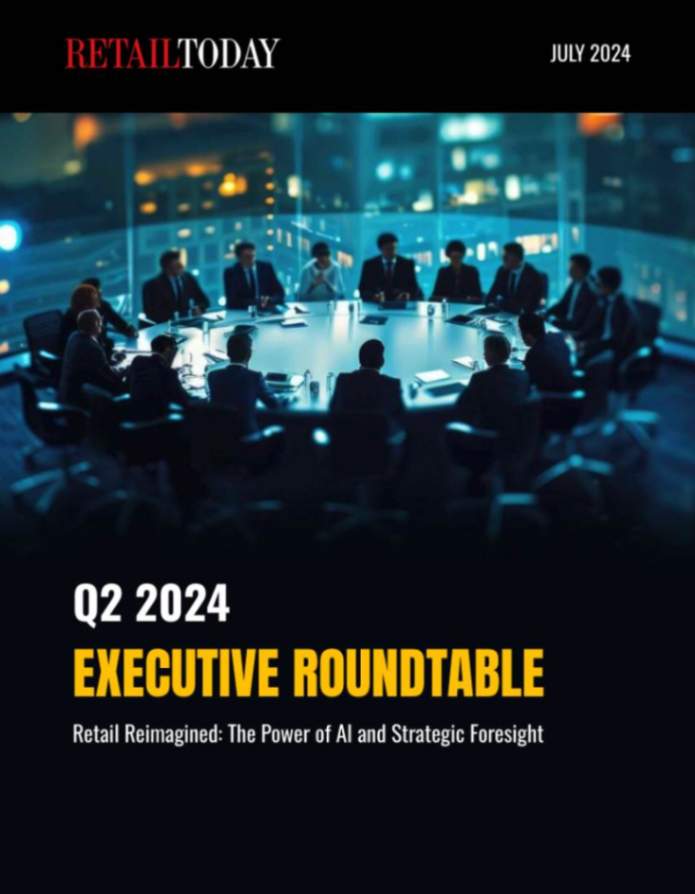Klaviyo, a vertically integrated customer platform for ecommerce businesses, last week released its Q4 2022 edition of its Business Trend recap, which leverages data from 250 million global shoppers across more than 100 countries for the latest insights into online shopping habits.
“While the January US Retail Sales report focused on declining retail sales in November and December, the data on our platform shows that ecommerce sales actually increased during that time period,” said Andrew Bialecki, co-founder and CEO of Klaviyo. “Compared to the same months in 2021, October, November and December 2022 saw an increase in orders by at least 10% each month. Over the past few years customer expectations and habits have changed, which means that even though restrictions have lifted, customers are still choosing to shop online. It’s no longer about brick and mortar or ecommerce, it’s about customer relationships. The brands who win in 2023 and beyond will be those who are able to utilize the valuable zero and first party data consumers are giving them to create a seamless, personalized shopping experience across all channels.”
Top Klaviyo Q4 2022 Shopping Insights
This quarter’s top highlights – which looked at data between October 1, 2022, and December 31, 2022, include:
- Brands started email promotions earlier in the holiday season, sending almost 45% more emails and SMS messages than in Q4 2021.
- Customers placed over 10% more orders and spent over 30% more than in Q4 2021. In comparison to the same time period in 2021:
- Customers placed over 5% more orders in October, over 15% more in November and almost 10% more in December.
- Customers spent 45% more on orders in October, over 25% more in November and almost 20% more in December.
- Average order value was up almost 20% year-over-year
Top 2022 Shopping Insights:
In addition to the quarter, Klaviyo looked at full year insights – from January 1, 2022 and December 31, 2022 and found:
- As cost of acquisition grew, brands continued to increase their reliance on owned marketing:
- Brands sent over 50% more emails and SMS messages 2022 than in 2021
- Despite recession concerns, consumers continued to shop online:
- Consumers placed 13% more orders in 2022 than in 2021, and spent over 40% more on orders. The average order value was up 25% YoY
- With SMS messaging on the rise, various shopping segments experimented with their modes of communication to best reach their customers:
- Apparel and Accessories companies sent 15% more emails and almost 80% more SMS messages than they did in 2021
- Electronics companies sent 15% fewer emails, but sent 20% more SMS messages
- Food and Beverage companies sent 2% more emails and almost 60% more SMS messages
- Health and Beauty companies sent almost 10% more emails and over 100% more SMS messages
- Jewelry companies sent 4% more emails and 3% fewer SMS messages
- Housewares and Home Furnishing companies sent 20% fewer emails and over 45% more SMS messages
- Sporting Goods companies sent over 20% more emails and over 70% more SMS messages
- Toys and Hobbies companies sent almost 5% more emails and over 15% more SMS messages
Looking Ahead to 2023
Considering the 2022 findings, Klaviyo believes certain marketing strategies will be increasingly important in 2023. To that end, Klaviyo’s marketing predictions include:
- Investing in Retention: With customer acquisition costs on the rise and volatility in the market, a larger percentage of incremental revenue will come from existing customers. While third-party marketplaces and ad networks can help acquire customers, the “name of the game” is going to be retention, not just acquisition. But it’s not just about brands building their lists, they’ll need to utilize the zero- and first-party data provided by consumers to create better, more personalized experiences that keep customers coming back. For example, brands like Dagne Dover have expanded into SMS to focus on more cost efficient growth, and revenue from email and SMS marketing now account for 25% of online sales every quarter.
- Utilizing Data Intelligently: Consumers are now accustomed to brands collecting data on their behaviors and preferences, but in return, the bar for highly personalized and relevant experiences is high — especially when it comes to product recommendations. Beauty brands have been at the forefront of this, leveraging quiz data to provide customized product matching and recommendations. In 2023, we predict other retail sectors will catch up to deliver true value and keep customers coming back. It’s not about sending more emails and SMS messages – it’s about considering the entire view of the customer and sending smarter.
- Reconciling Digital and Physical Data: As consumers continue to return to in-person shopping, retailers with both a physical and online presence will need to work that much harder to reconcile their customers’ physical and digital habits. This will require tracking purchases at the point-of-sale, merging it with online activity, and segmenting their communications accordingly.
- AI As a Marketing Assistant: While AI has been discussed often, 2023 is the year marketers can truly make use of the AI resources at their disposal. Expect to see marketers using tools like ChatGPT, Dall-E, Jasper and Klaviyo’s SMS Assistant to draft copy, spark inspiration, and brainstorm new creative ideas. In addition, marketers will use AI to analyze past purchase behavior and focus on authentic automation.
- Focusing on Budgeting Consumers: Even though consumers continued to spend in 2023, the looming economic environment will push more of those consumers to budget. Brands need to focus on providing flexible and cost effective options for their customers – from financing opportunities like Buy Now, Pay Later, to more loyalty and retention focused tactics like bundling and offering exclusive perks to loyal customers.






